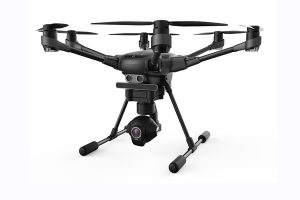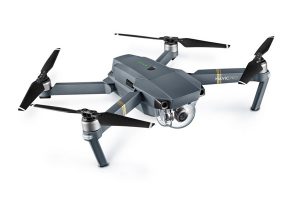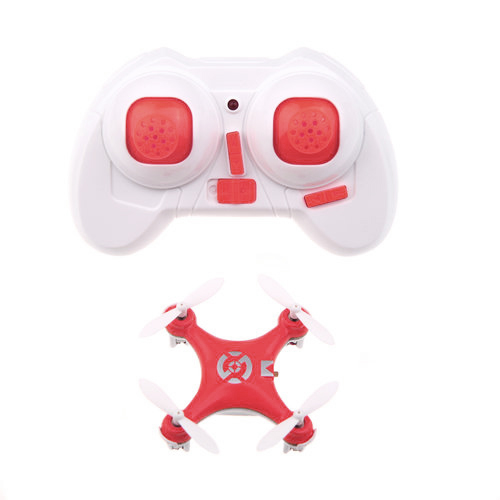
sUAS Aerial Cinematography | 3 credit hours
Fall Semester 2019. JMC 46395 section 001 CRN 15302. T-H 2:15-3:30. Franklin 415.
Summer 2019 (3-week) Intersession
ST: SUAS AERIAL CINEMATOGRAPHY – 12950 – JMC 46395 – 001
MTWH 9:00-12:00. This course will end on June 7.
This newly designed, sUAS Aerial Cinematography course will prepare interdisciplinary non-aeronautics majors to operate Small Unmanned Aircraft Systems (sUAS) safely and ethically in digital filmmaking; journalism; applied digital sciences and research. Small UAS are emerging as powerful narrative tools for cinematographers, photographers, storytellers, artists, animators and scientists―and the technology is expanding rapidly to include the allied fields of virtual reality (VR), 3D-animation, and game development.
This course is intended to:
-
- Develop aerial cinematography skills for integration and application in visual storytelling and digital narrative;
-
- Explore the relationship of flying cameras in real life (IRL) with virtual reality (VR) application, 3D-animation and game development;
-
- Establish CCI students as thought leaders in sUAS aerial cinematography operations;
-
- Promote best practices for safe, ethical and responsible use of sUAS;
-
- Meet growing needs of ancillary industries and the interested general public for mass education and consumption of aerial imagery;
-
- Establish standards for professional aerial camera platforms application across disciplines;
- Improve the public understanding.
The course is available to a wide variety of interdisciplinary majors at Kent. We also welcome non-traditional students, professionals and individuals from the community who want to add marketable skills to their resumes, outside of a full degree program.
 Demand for Pilot Videographers and Photographers
Demand for Pilot Videographers and Photographers
Small UAS sales have increased exponentially in recent years, resulting in significant demand for knowledgeable pilot/camera operators. The Association for Unmanned Vehicle Systems International (AUVSI) forecasts the total domestic economic impact of integrating UAS into national civilian airspace will reach more than $82.1 billion by 2025—creating more than 100,000 high-paying jobs in the process. In the near term, 70,000 new jobs are expected to come in the first three years after airspace integration is completed, along with $13.6 billion in overall economic impact in the same span (Fortune, 2013). In areas where the UAS industry is strongest, states will begin collecting a projected $482 million in tax revenue in the decade following full airspace integration from sales.
 Students will develop flight proficiency and familiarity by first learning to fly and maintain a the world’s smallest nano-drone CX-10 Mini 6-Axis Gyro Quadcopter.
Students will develop flight proficiency and familiarity by first learning to fly and maintain a the world’s smallest nano-drone CX-10 Mini 6-Axis Gyro Quadcopter.
Students will then transition to proficiency and advanced flight training, aerial photography and cinematography using the DJI Mavic Pro and DJI Spark. Virtual reality and 3-D immersive FPV flight will be introduced using DJI VR goggles.



